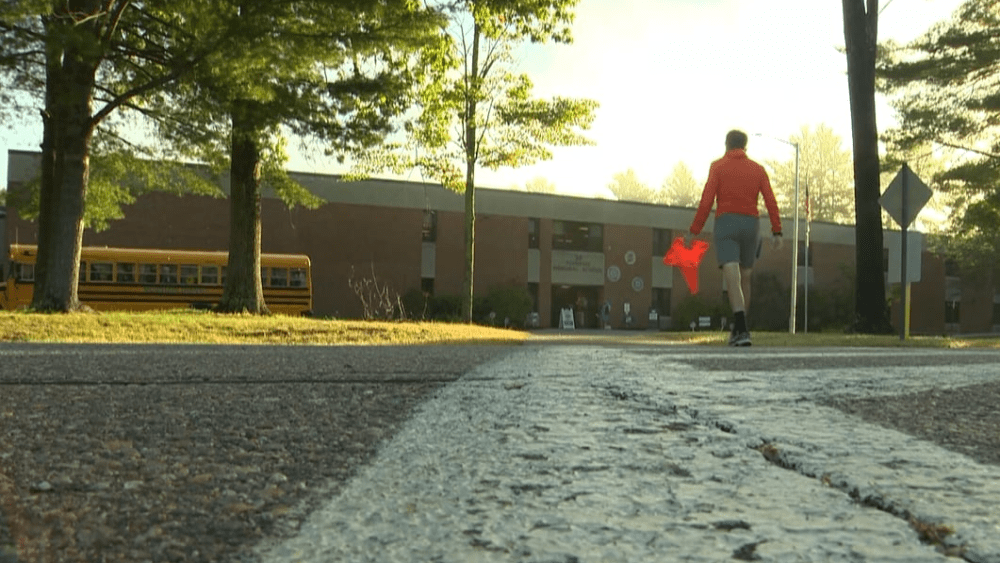BURLINGTON, Vt. (WCAX) – Learning starts by showing up to school, but some Vermont students have trouble doing so. School officials are working to address the increase in chronic absenteeism in the state.
Chronic absenteeism is defined as missing 10% or more of school days for any reason. Vermont schools typically have 175 school days, so that’s about 18 days absent a year.
The data is tracked on the state and national level. According to the national data from Attendance Works, the chronic absence rate went from just under 13% of students in 2019 to 34% in 2022.
“It just makes it hard to have that consistent flow of instruction and intervention,” said Timiny Bergstrom, a math interventionist at Essex Westford’s Summit Street School.
Bergstrom says chronic absenteeism can make it hard to build on education day-to-day.
“I think the standards do have to be as high as they are, but they’re hard. They’re not easy. Right? So we do have a great system for implementing instruction at all levels, intervening at all levels, so we can get all kids to meet those high-level standards if they’re here,” Bergstrom said.
Bergstrom and Director of Student Engagement Suzanne Gruendling say there are several reasons students may miss school, from taking care of siblings to housing or transportation instability, substance abuse in the household, or feeling unsafe in school.
“We really want to minimize the impact on student learning and student development. And we know that the more that we have students at school for continuous attendance in school and engaging in school, that they are able to be successful,” said Gruendling.
To help decrease chronic absenteeism, schools in the districts are partnering with community agencies like the Howard Center to get to the root of the problem. A quarter of a million-dollar grant is helping address absences and boost attendance.
“We’re able to leverage our work with all of our school-based clinicians or school counselors and our teachers are a tremendous resource for families and helping when students are struggling getting to school,” said Gruendling.
While the Essex Westford School District works to make more connections with students to motivate consistent learning, chronic absenteeism is still a problem statewide.
Anne Bordonaro of the Vermont Agency of Education says there are subgroups of students that are more absent than others.
“Our most recent data, which is from last year, shows that we are at about three times the rate we had a 2019 pre-pandemic. So we’re around 28% of all kids chronically absent – meaning missing 10% or more of the school days,” said Bordonaro.
Of that 28% of chronically absent students, the state says:
- Absenteeism rates for students experiencing homelessness is around 60%
- Rates for students in poverty is 41%
- Rates for students with disabilities is 30%
Bordonaro says schools partnering with mental health centers and hiring outreach coordinators will help build connections to better understand the cause of absenteeism, but notes that can be a challenge due to workforce shortages.
“We’re also encouraging schools and districts to do better data monitoring – not to wait right until a child has reached the end of that process goes through the truancy process, but rather to treat it as an intervention early on,” said Bordonaro.
The Agency of Education says it’s important to note that essentially every school district sets its own policy for attendance and what is and is not excused. The state says they’re trying to create consistency and expectations for schools, which is a conversation officials say they’d like to have with lawmakers as soon as next session.

